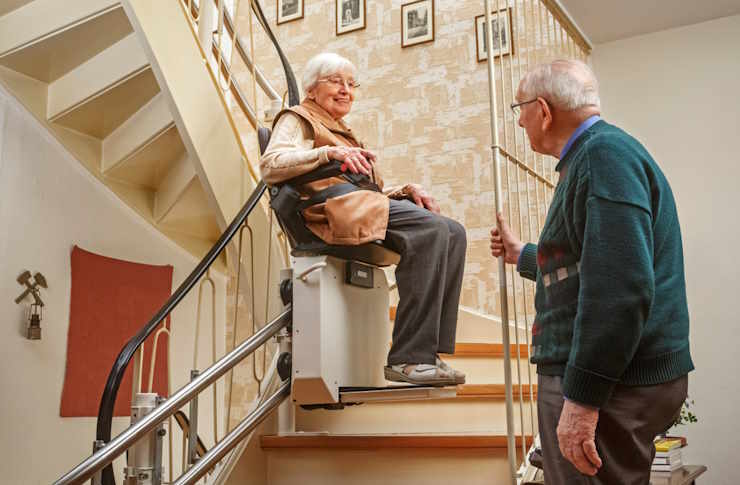Senior living options and practical guidance for UK residents
Choosing where and how to live in later life involves practical, emotional and financial considerations. This article outlines common senior living options found in the UK, what to look for when choosing housing and care, health and support factors to weigh, and an overview of typical costs. It aims to help readers compare choices and ask the right questions when evaluating local services and providers.

What are common senior living options?
Senior living covers a range of arrangements that balance independence with varying levels of support. Options commonly include independent retirement housing (self-contained flats for older adults), assisted living or “extra care” schemes that offer on-site support, residential care homes providing personal care and daily assistance, and nursing homes with registered nursing staff for higher medical needs. Many communities also provide sheltered housing with communal spaces and an emergency alarm system. Each model differs in housing type, available support, and social opportunities.
How to choose housing in your area?
Choosing housing starts with assessing daily needs, mobility, health conditions and preferred social environment. Consider location relative to family, transport links, shops and medical services. Inspect accessibility features such as step-free access, walk-in showers and emergency call systems. Review tenancy or ownership terms, council tax or service charges, and whether support packages are flexible. Visiting schemes at different times of day, speaking with residents and reading recent inspection reports can reveal how well a community functions in practice and whether it suits long-term needs.
Health and care support considerations
Evaluate the level of care available and how it matches current and potential future health needs. Check whether staff are trained to support common conditions such as dementia, and whether healthcare professionals visit on a regular basis. If medication management, wound care or specialist support is required, confirm the scope of clinical services and registered nursing availability. This article is for informational purposes only and should not be considered medical advice. Please consult a qualified healthcare professional for personalized guidance and treatment.
Legal and financial arrangements to review
Understand contracts and legal rights before committing. Tenure types include rented, leasehold or freehold arrangements for retirement properties—each carries different rights and responsibilities. Review service agreements for maintenance, insurance and ground rent, and ask about notice periods and dispute resolution. For those needing funded support, investigate eligibility for local authority funding, NHS continuing healthcare (for eligible clinical needs) and benefits such as Attendance Allowance. It can be helpful to consult a solicitor or financial adviser experienced in later-life housing for clarity on long-term implications.
Cost overview and typical payment models
Costs vary widely by type of provision, location and level of care. Typical payment models include self-funded payments, local authority contributions for those who meet means‑tested criteria, and NHS-funded care for specific clinical needs in some cases. Many residents pay a regular fee that covers rent or a lease charge plus additional care charges depending on the level of support. Where possible, obtain written fee schedules, examples of what is included or extra, and how fee increases are handled. Below is a comparison showing typical service categories and representative providers with general cost ranges. These are illustrative estimates rather than exact quotes.
| Product/Service | Provider | Cost Estimation |
|---|---|---|
| Residential care (personal care, shared or private rooms) | Bupa Care Homes, Care UK, HC-One | Approximately £600–£1,200 per week depending on location and level of care |
| Nursing care (registered nursing support) | Bupa Care Homes, HC-One, Care UK | Approximately £700–£1,500 per week depending on clinical needs and region |
| Retirement apartments (purchase or lease; communal support available) | McCarthy & Stone, Anchor, Sanctuary | Purchase prices vary widely; service charges commonly range £100–£400 per month |
| Assisted living / extra care (self-contained flats with on-site support) | Anchor, Housing Associations, Local extra care schemes | Typically service + care fees; combined weekly costs often £300–£900 depending on services |
Prices, rates, or cost estimates mentioned in this article are based on the latest available information but may change over time. Independent research is advised before making financial decisions.
How to compare providers and next steps
When comparing providers, look for inspection reports (for example, Care Quality Commission reports in England), staff-to-resident ratios, staff turnover, training and safeguarding policies. Ask for clear written statements on what is included in fees, sample care plans, and examples of how the provider handles changes in health needs. Visit more than once, talk with residents and relatives, and request a copy of the contract to review. For funding or benefits queries, contact your local authority’s adult social services and consider speaking with an independent financial adviser or solicitor to understand long-term implications.
Conclusion
Senior living choices involve balancing independence, social wellbeing, care needs and finances. Taking time to assess practical requirements, visit options, review contracts and seek independent advice can help find an arrangement that matches present needs and anticipated future changes.




